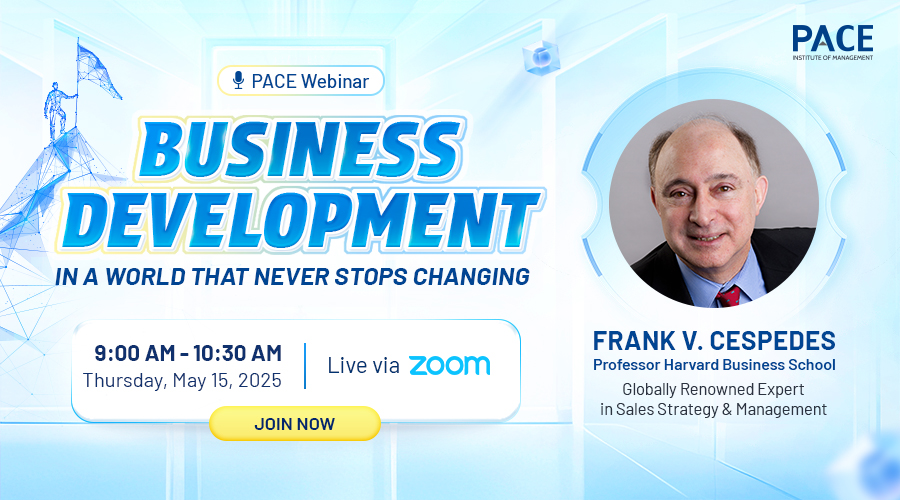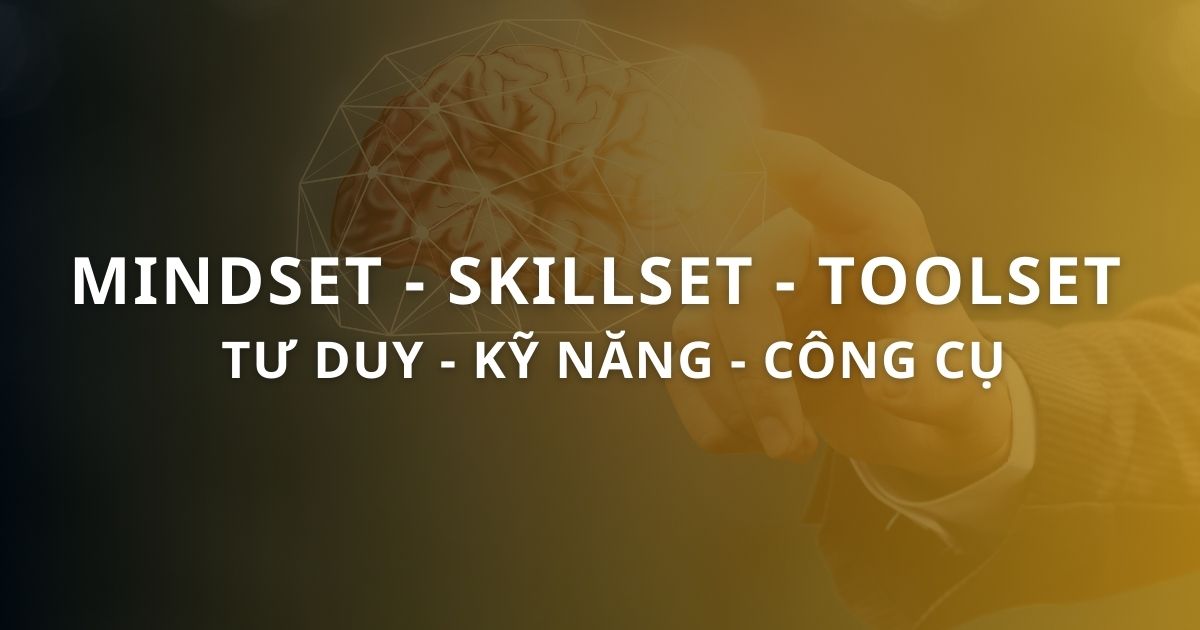We’re in the middle of a global workforce evolution. And HR is in the driver’s seat. On one side, employees are learning to take more control of their employment experience. On the other side, organizations are scrambling to provide resources and evolve with rapidly changing expectations.
Chief Human Resources Officers (CHROs) are on the front line of this shift. In 2017, this shift forced organizations to not just be reactive, but proactively take action. At the same time, HR technology boomed, confusing organizations struggling to make sense of increased consolidation, investment and hundreds of new product releases with competing claims.
The regulatory environment for the top HR professionals also continues to add to the complexity. Decision-making in this environment demands a different approach — one that considers everything from technology capabilities and market trends to the employee experience and the role of data.
Talent management is no longer the sole domain of the CHRO. Its successes and failures affect every boardroom and C-Suite around the world. As we look to 2018, the talent trend stays the same, but the way organizations are approaching it will shift. The changing workforce and our evolving understanding about the role of culture, technology and engagement demand it. That shift will take a new outlook and a new set of tools to make it happen.
This trends report will cover the five most important trends for every CHRO in the coming year — and tips for leaders who are ready to take action.

TREND NO. 1: INTENTIONAL WORKPLACE CULTURES
Companies and their CHROs are starting to really understand the role of culture in the workplace. What is culture? We dene culture as the underlying norms, values and beliefs that drive employee behavior in an organization. Its importance can’t be overstated. In fact, building an intentional culture is one of the most important HR trends that senior leaders and CHROs both agree on.
Culture is the single most important factor in an organization’s success or failure. When a company aligns its culture to business goals, employee behavior is aligned as well. Culture matters because it “tells” employees how to behave. Every company’s culture is being shaped, whether actively and intentionally or passively and unintentionally.
And saying culture is good or bad isn’t really the point — it’s about how the culture is supportive and aligned with what your company is trying to do.
When you have a business strategy that also includes an intentional and aligned culture, higher employee performance and better engagement will follow. And with that comes improved organizational performance.
In 2018, we will see more CHROs as changemakers: shaping their organization’s culture in meaningful ways. Examples include:
- Understanding the current state of their company’s culture
- Defining the culture in a way that directly ties to business goals
- Identifying gaps and creating a plan to reduce the gaps over time
- Bringing their company culture to life with the right tools, resources, processes, environment and much more
- Monitoring and modifying their approach to culture based on the changing needs of the business and the environment
TREND NO. 2: RETHINKING BENEFITS FOR THE MODERN WORKFORCE
Today’s workplace looks a lot different than it did 10 years ago. Employees work in an increasingly remote, flexible and global world of work.
About two in five American employees spend at least some of their time working remotely. That’s about a 10 percent increase from 2012 — and it’s an arrangement that many employees actively seek, particularly millennials.
It’s not just working remotely that’s changing the landscape of work. According to research by Intuit, 34 percent of the U.S. workforce participates in the gig economy, and that number is expected to increase to 43 percent by 2020.
- 43%Percentage of U.S. employees who spend at least part of their time working from home
- 34%According to Intuit research, 34 percent of the U.S. workforce participates in the gig economy.
By 2020, that number is expected to reach 43 percent.
Workforce flexibility and the gig economy bring advances but also great challenges. How do you make a group of employees feel supported with the right types of benefits when they might not come into work on a regular basis — or even be traditional employees at all?
In 2018, CHROs will have to rethink their current benefits by:
- Thinking beyond the traditional full-time employee and work environment
- Putting processes in place to help remote employees feel supported and connected
- Creating a more personalized approach to employee benefits

TREND NO. 3:THE CHRO STEPS UP AS CHIEF DATA SCIENTIST
Data-driven decision-making is creating a big impact across the entire C-Suite. And the CHRO has the most to gain.
In a results-driven world where HR is expected to do more with less, organizations are looking beyond traditional processes to better understand how to use data to shape workforce strategy and drive employee engagement. But CHROs are drowning in data and don’t have the tools to dig into the insights and present actionable solutions.
A 2015 Harris Poll survey of 301 executives at $1 billion-plus companies found that the role of data in the HR function is increasing at a staggering rate. Four in five executives said their company cannot succeed without an assertive, data-driven CHRO. Eighty-one percent said that they valued business acumen more than technical HR skills. And 78 percent said that they cannot succeed without a CHRO who contributes directly to business performance.
- 80%Percentage of executives who say their company cannot succeed without an assertive, data-driven CHRO who takes a strong stance on talent issues and uses relevant facts to deliver an informed point of view
- 81%Percentage of executives who say that when hiring new senior HR talent, they value business acumen more than technical HR skills
- 78%Percentage of executives who say that their company cannot succeed without a CHRO who takes on responsibility for contributing directly to business performance
The CHRO is responsible for a wide variety of decisions that are significantly impacted — think of everything from workforce management (attraction, hiring, development, turnover, etc.), compensation, benefits and more.
The future of programs that engage and enrich the lives of employees depends on a CHRO’s ability to make the case for engagement and defend its viability with data.
In 2018, CHROs will have to increase their intake and use of data to make decisions by:
- Auditing current and potential data sources to understand what’s possible
- Measuring what may have previously been difficult to measure, such as engagement and well-being
- Creating compelling narratives and insights using research
- Turning measurements and insights into actions
TREND NO. 4:HR TECHNOLOGY DISRUPTION
Since the end of the last recession, HR technology has entered a period of substantial growth, one that is off the charts historically — even surpassing the dot-com boom of the late 1990s and early 2000s.
According to research from CB Insights, investors pumped $3 billion into HR technology in 2015 and 2016, with 2017 looking to be another $1 billion-plus year.
This growth was precipitated by the influx of point solutions, particularly in employee engagement and talent acquisition.
In 2017 and beyond, while growth continues, a new round of changes will take place: technology integrations, company partnerships, and market and product consolidation. For example, as the employee engagement platform continues to be defined, many point solutions will be consolidated or integrated into larger, multifaceted platforms.
CHROs critically depend on technology, but technology purchasing has become more challenging.
“2018 will see the full emergence of the integrated engagement platform, which will combine features and benefits from closely related technology categories, such as well-being, recognition, learning, and engagement measurement,” according to Bret Starr, founder and CEO of The Starr Conspiracy. “Expect new leaders to emerge at the platform level as vendors expand beyond their traditional categories. To prepare for this major trend, take time to research the similarities and differences between the critical categories that will comprise the integrated engagement platform. Companies will be best served with an integrated approach to engagement,” says Starr.
In a changing market, CHROs must stay on top of market trends, so they can make bold decisions about technology that drive the organization forward. They also must look for solutions that truly solve multiple problems, work across silos and avoid adding complexity to the organization.

TREND NO. 5:FACING THE FUTURE OF WORK
Any CHRO knows that the demographics of the workplace are changing. Baby boomers are retiring to the tune of about 10,000 people a day and millennials now make up a majority of the workplace.
In 2018, a new generation of workers are entering the workforce. Generation Z (those born between 1995 and 2009) are beginning their journey into employment. Together with millennials, they are shifting the face of work.
Research from Monster.com shows that 74 percent of Gen Z said work should have a greater purpose than earning a salary, compared with 45 percent of millennials, 40 percent of Generation X and 33 percent of baby boomers. Research from Randstad found that for 54 percent of Gen Z, the people they work with matter most in order to be most productive. An additional study from Randstad showed that three in four Gen Z college grads are also more likely to work for a company that offers opportunities to work abroad.
- 74%Percentage of Gen Z who said work should have a greater purpose than earning a salary
- 54%Percentage of Gen Z who say “the people they work with” is the attribute that matters most in order to do their best work
- 64%Engaged millennials who say they will be less likely to switch jobs if the market improves in the next 12 months
The key challenge for CHROs is finding a balance between the needs of the current workforce and planning for the future. While there may be stark contrasts between different experience levels inside organizations, there are common themes that unite everyone — like a sense of purpose and belonging at work, a supportive culture and support for employee well-being.
In 2018, CHROs have to face the future of work head-on and:
- Build a culture that authentically supports employees
- Offer a work environment that’s attractive for multiple generations
- Build relationships with younger workforce entrants
- Create a strategy that considers long-term talent goals and the needs of a new generation of people
Source Limeade









.jpg)
.jpg)
